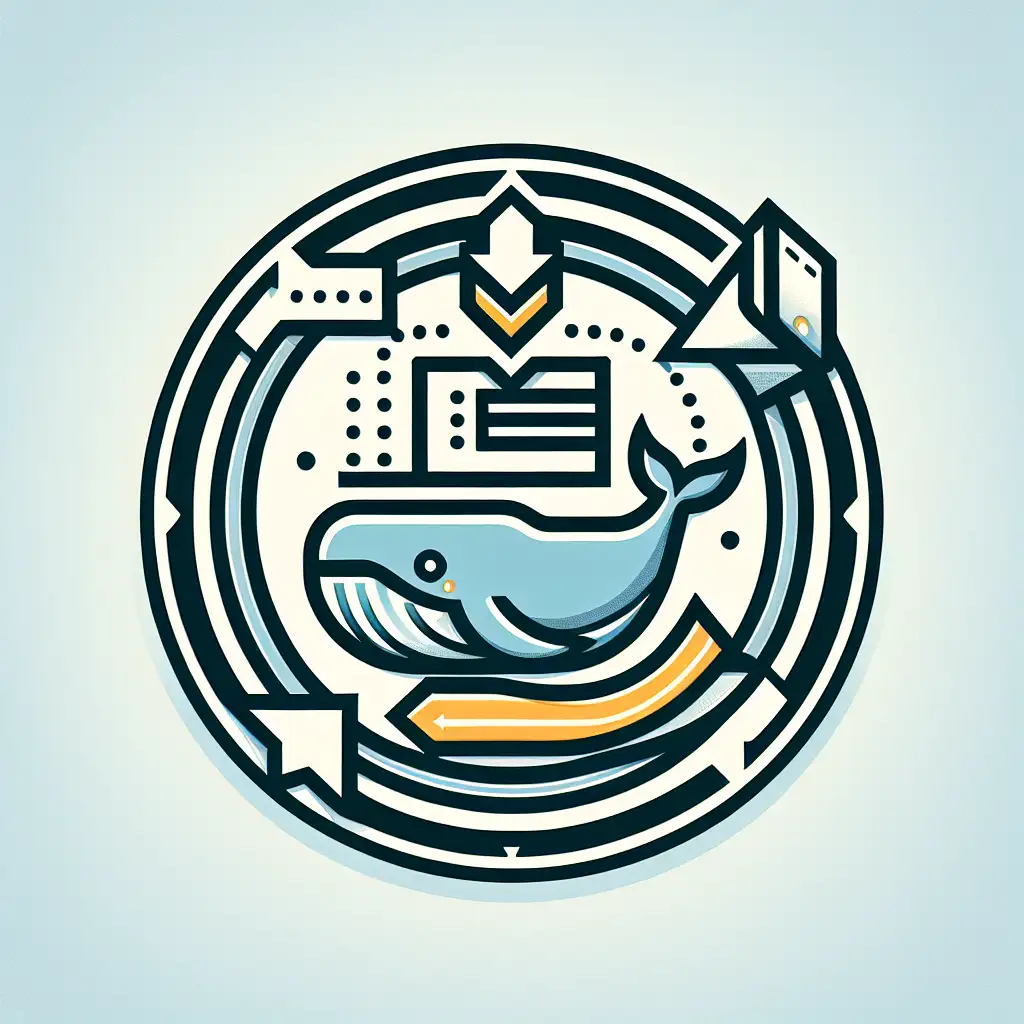Docker: Copying Files from Host to Container—Effective Strategies for Engineering Workflows
Direct file transfer between host and container is a routine necessity, not an afterthought, in mature Docker-based environments. Failing to manage file movement wastes minutes (or hours) every deployment cycle and can even introduce subtle side effects—outdated configs, debug binaries left behind, or lost logs.
Consider a frequent pattern: You’re editing a TLS certificate or a service definition and need it reflected instantly in a running containerized service. How do you inject this without rebuilding, redeploying, or breaking running workloads?
Below: a survey of four proven techniques, each fit for distinct operational scenarios—tested in real development, staging, and production pipelines.
1. Fast Path: docker cp for Targeted File Injection
When only a handful of files need to move from the host filesystem into a live container, docker cp is the tool of choice. No Dockerfile changes. No container reboot required.
docker cp ./updated.cert my-nginx:/etc/ssl/certs/server.cert
This command immediately copies updated.cert from the host into an existing container named my-nginx. No intermediate tarballs. No SSH access to the container.
Real-world caveats:
-
The container must still exist (running or stopped). Attempting to copy to a removed container yields:
Error: No such container:path: my-nginx:/etc/ssl/certs/server.cert -
Permissions can be inconsistent. For instance, copying a local root-owned file into a container may produce unreadable files inside unless user IDs match or permissions are explicitly set post-copy.
docker exec my-nginx chmod 644 /etc/ssl/certs/server.cert -
Symlink targets are dereferenced during copy; to preserve symlinks, package files as tar and extract manually—an edge case, but relevant for complex builds.
2. Persistent Integration: Host Bind Mounts
Teams needing continuous synchronization between host files and containers should rely on bind mounts. No manual step required after container launch. Edits on the host reflect immediately in the container namespace.
Syntax:
docker run \
--name vault \
-v "$PWD/secrets.json:/vault/config/secrets.json:ro" \
hashicorp/vault:1.14
Operational notes:
- Changes to
secrets.jsonare inherently reflected in the running container. No copy, no restart—ideal for rapid iteration on configuration or script files. - Permissions derive from the host file; containers running as non-root will fail to read files not world-readable (frequent “permission denied” failures).
- Not suitable for production images where environment immutability is critical—mounts break artifact reproducibility. Use only in dev/test or controlled ops.
Side note: Docker Desktop (v4.x) on macOS/Windows uses osxfs/gRPC FUSE for mounts—known for reduced I/O performance compared to native Linux. Under heavy filesystem operations, expect 2–10x speed penalty.
3. Controlled State: Dockerfile COPY Directive
Building images with embedded application state, configs, or binaries? The COPY instruction in your Dockerfile is canonical. Baked-in files—version-controlled, reproducible. Every build, every environment.
Example:
FROM alpine:3.18
COPY ./entrypoint.sh /usr/local/bin/entrypoint.sh
RUN chmod +x /usr/local/bin/entrypoint.sh
Build and run:
docker build -t app:dev .
docker run --rm --name test-app app:dev
Trade-offs:
- Every source change (e.g., updating
entrypoint.sh) requires a rebuild and redeploy. Not ideal for files in constant flux. - Embeds files in the image—ideal for production and CI/CD deployments.
- Use
.dockerignoreto prevent accidental inclusion of build artifacts or local test files. Otherwise, “works on my machine” issues can propagate.
4. Inline and On-the-Fly: docker exec with Shell Redirection
For low-overhead script injection or interactive sessions, pipe content directly using docker exec—no intermediate artifacts.
Practical pattern:
cat ./hotfix.py | docker exec -i myapp python3 > /tmp/patch.log
Or, for direct file write:
cat ./config-override.json | docker exec -i myapp sh -c 'cat > /app/config/config-override.json'
Use case: Emergency updates or iterative scripting during incident response. Not recommended for routine large-file transfers—limited by buffer and error handling.
Method Selection Table
| Scenario | Recommended Mechanism |
|---|---|
| Quick patch or one-off file injection | docker cp |
| Ongoing sync during local development | Bind mount (-v or --mount flag) |
| Immutable, reproducible environment (production) | Dockerfile COPY |
| Emergency inline update / scripting | docker exec + redirection |
Notes from Field
- Hidden gotcha: Container user ID mismatches result in “Permission denied” when accessing mounted files. Map user IDs where possible, or apply
chmod/chowndefensively. - Non-obvious detail: On Windows hosts, line endings (
CRLFvsLF) can corrupt shell scripts copied into Linux containers—set.gitattributesor usedos2unixwhere appropriate. - Sometimes, production images prohibit direct copying for compliance (e.g., PCI, SOC 2). In these cases, only Dockerfile
COPYand artifact-based workflows pass audit.
Closing Remarks
Every engineering team converges on their own blend of these methods—often using docker cp for hotfixes, mounts for dev, and COPY for releases. No single answer—trade-offs matter.
For advanced workflows, consider automating file transfer as part of CI pipelines or leveraging custom entrypoints that bootstrap config via environment variables or secrets managers. For now, avoid shortcuts that don’t match your risk profile.
Need to cover distributed filesystems with Docker Compose, or container-to-host extraction patterns? Raise it in code review.
